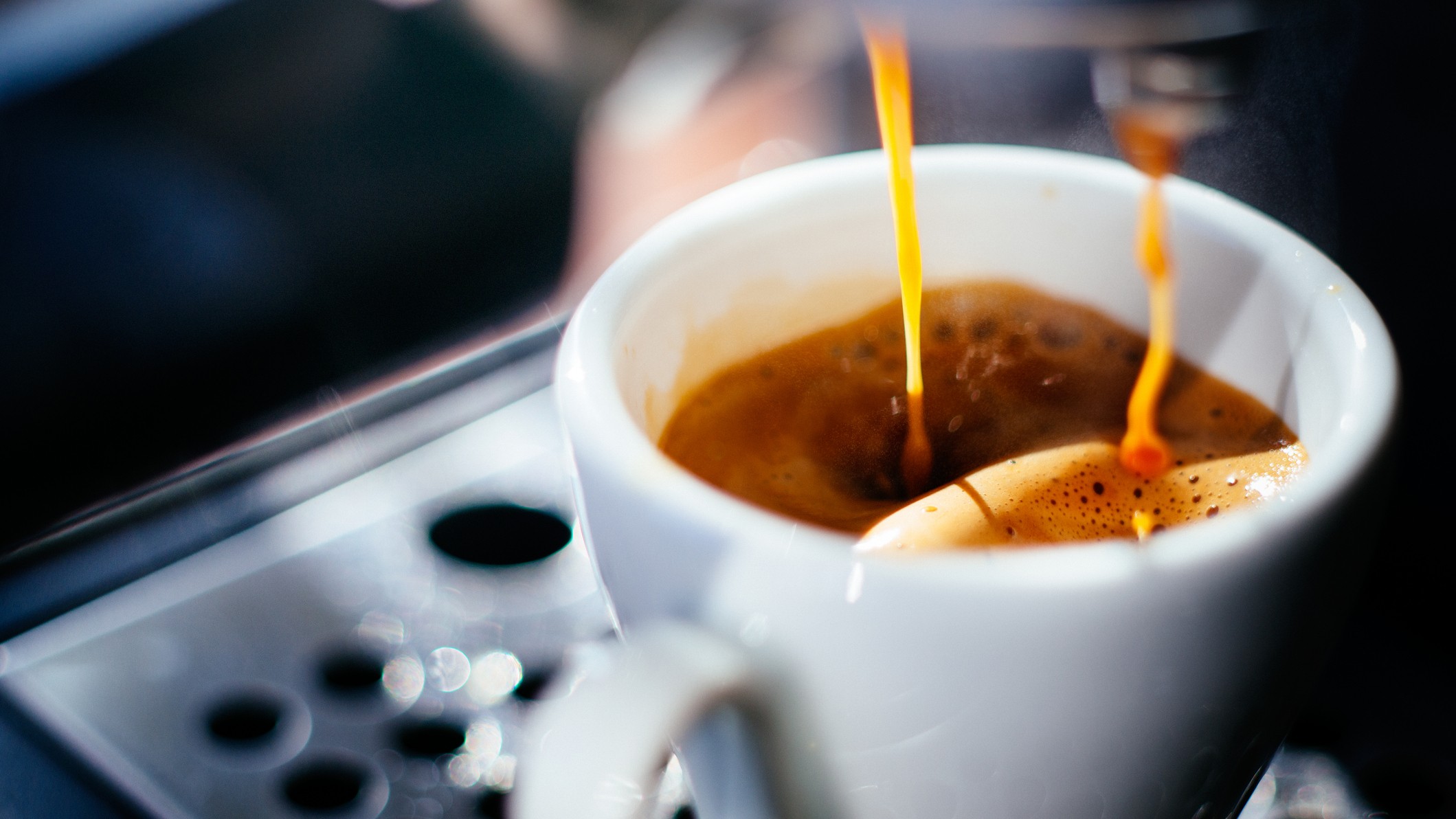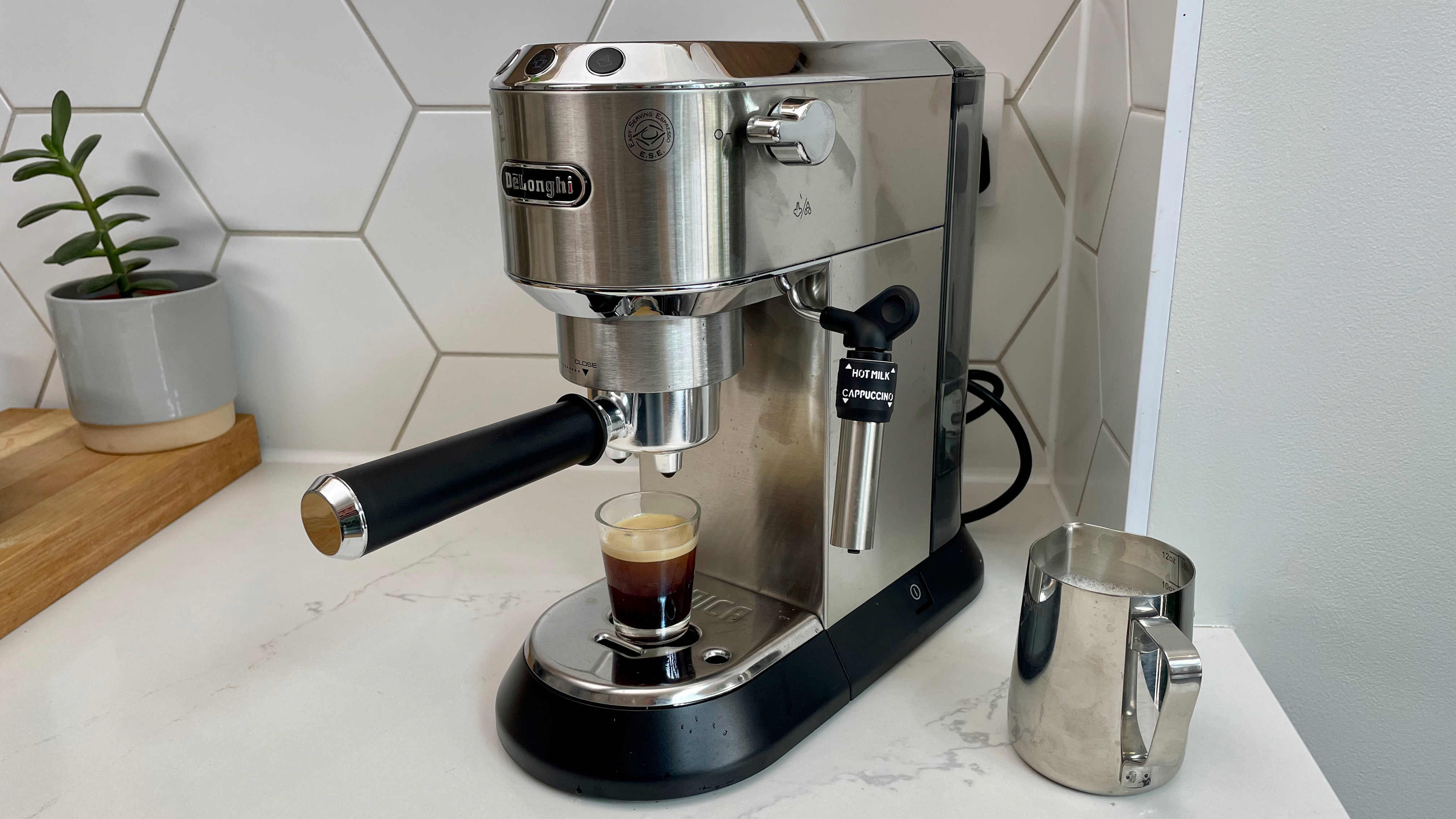What are ESE coffee pods? Everything you need to know about these quick alternatives to freshly ground coffee

If you like the idea of making fresh espresso every morning, but the thought of measing the right quantity of beans and grinding then yourself sounds like too much hassle, ESE (Easy Serving Espresso) coffee pods could be exactly what you need.
ESE pods aren't like the aluminum capsules used by the best Nespresso machines. Instead, they're paper bags, much like teabags, that contain a carefully measured dose of ground espresso beans. To use an ESE pod, just place it in the basket of your espresso machine's portafilter, where you'd usually put the coffee grounds, twist the handle into place, slip your cup under the spout and start brewing.
Each pod contains 7g coffee (the amount typically used to brew a single shot of espresso) weighed and tamped, and the paper filter measures 45mm diameter.
The ESE system was developed by Illy, but is patent-free and open to all coffee machine makers and coffee roasters.
Which coffee machines use ESE pods?
Our favorite ESE-compatible espresso machine is the De'Longhi Dedica Style, which has earned a place in our roundup of the best coffee makers. It takes up far less space than a typical coffee maker, but looks great and maintains good pressure when brewing coffee and steaming milk.
Its water tank is quite small, but that's understandable considering just how tiny it is. For more details, take a look at our full De'Longhi Dedica Style review.

If you have a manual espresso machine that isn't ESE-compatible out of the box, don't worry – all you need is an ESE filter like this one from Flair Espresso, or this one from Gaggia. Fit it into your portafilter handle, add the ESE capsule, and you're ready to brew.
Sign up for breaking news, reviews, opinion, top tech deals, and more.
If you're not sure whether your machine will work with ESE pods, or want to make sure you're buying the right filter, contact the manufacturer for guidance.
What are the advantages of ESE coffee pods?
The main benefit of ESE pods is convenience. There's no need to weigh out a portion of coffee or grind beans, and once you've finished with your ESE pod, it's easy to remove from the portafilter and dispose of. There's no need to knock a puck of used coffee grounds out of the filter basket, which is potentially messy.
Another big advantage of ESE coffee pods is that, unlike aluminum coffee pods, they are compostable and can be added to your food waste bin or compost heap. You can also use the grounds on your garden to improve soil quality.
Metal coffee capsules can be recycled (see how Nespresso pods are recycled for more details), but ESE pods don't need any special processing.
What are the disadvantages of ESE coffee pods?
Using ESE pods is more expensive than opting for fresh coffee, and because each one only contains 7g of coffee, to brew a double espresso (the standard amount for drinks like cappuccinos and lattes), you'll need to use two, one after the other.
Some ESE pods are provided in individual foil wrappers, which keep the coffee fresh but have to be thrown out or recycled. Pods that aren't wrapped individually, and are sold in plain cardboard boxes, are susceptible to heat, humidity, and light – all of which have a detrimental effect on coffee. The aroma compounds in coffee start to degrade within minutes of grinding, so that's significant, too.
Where can I buy ESE coffee pods?
You can find ESE coffee pods in most large supermarkets, with Illy (naturally) being the most common brand. Can't see what you want? You'll find a wider range of beans, roasts, and decaf coffees in ESE format from specialist coffee suppliers online. We've rounded up a few retailers below, but there are many more besides.
You might also like
- De'Longhi's smart espresso machine learns what type of coffee you enjoy, and when you want to drink it
- Craving cold-brew coffee this summer? We've tested three machines that will let you make it at home in seconds rather than hours
- With this simple gadget, you can make great-tasting pour-over coffee with fewer beans

Cat is TechRadar's Homes Editor specializing in kitchen appliances and smart home technology. She's been a tech journalist for 15 years, having worked on print magazines including PC Plus and PC Format, and is a Speciality Coffee Association (SCA) certified barista. Whether you want to invest in some smart lights or pick up a new espresso machine, she's the right person to help.
You must confirm your public display name before commenting
Please logout and then login again, you will then be prompted to enter your display name.